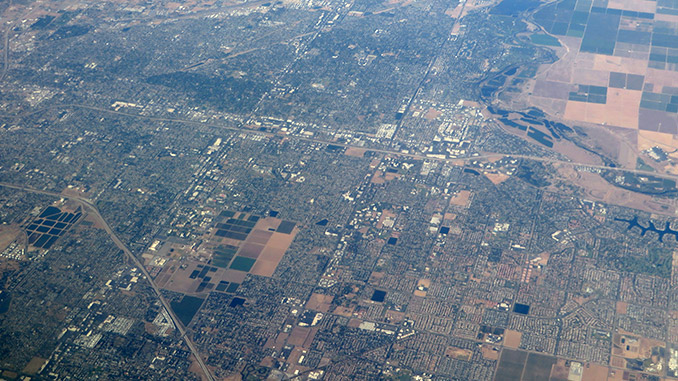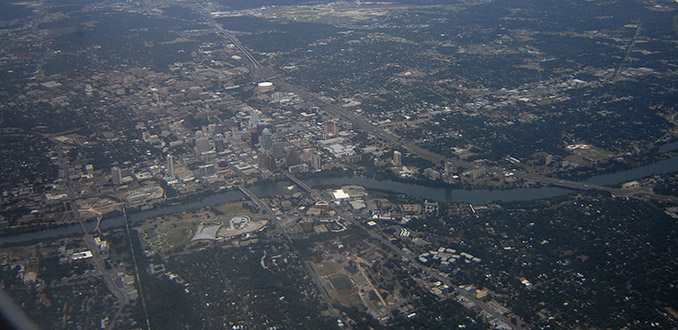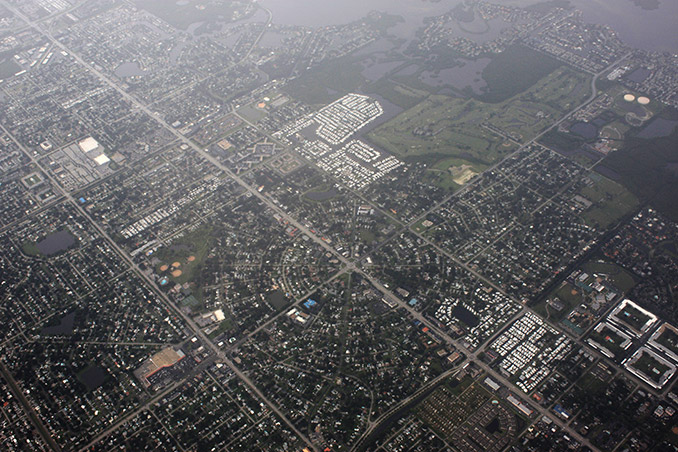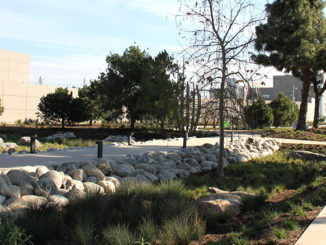
The USDA Forest Service recently published the US Urban Forest Statistics, Values, and Projections (David J. Nowak and Eric J. Greenfield) in the March edition of the Journal of Forestry. The study estimates the change in urban land on a national level (USA) and state-by-state, and also updates data on the value of the nation’s urban forests. With urban land accounting for over 68.0 million acres(2010) and is estimated to increase by 95.5 million acres by 2060 it was seen as important to get a better understanding of urban forest for the following reasons:
- the close proximity of these forests to over 80% of the US population
- the substantial benefits these forests can bring related to mitigating issues associated with urbanization (e.g., heat islands, pollution, runoff), reducing the spread of issues into surrounding rural forests (e.g., pollution, invasive species, insects, and diseases), and enhancing human health and well-being,
- a current limited understanding of this resource, and
- the need for more informed management and policies related to urban forests from the local to national scale.
The study found that there are an estimated 5.5 billion urban trees in the United States, which equates to 22.2 trees per capita in urban areas (Table 5). States with the greatest estimated urban tree populations are: Florida (407 million), Georgia (372 million), California (343 million), North Carolina (320 million), and Texas (309 million urban trees).

Urban forests currently provide substantial value nationally. However, only a few ecosystem services have been evaluated and more services and costs remain to be quantified. Although the study identifies that the estimates in the study have limitations, and realises that there is a need to improve state estimates through expanding field data by using local constituents who are collecting and analysing data using i-Tree software.
Overall, there are an estimated 5.5 billion trees (39.4% tree cover) in urban areas nationally that contain 127 million acres of leaf area and 44 million tons of dry-weight leaf biomass. Annually, these trees produce a total of $18.3 billion in value related to air pollution removal ($5.4 billion), reduced building energy use ($5.4 billion), carbon sequestration ($4.8 billion) and avoided pollutant emissions ($2.7 billion). States with greatest annual urban forest values were: Florida ($1.9 billion), California ($1.4 billion), Pennsylvania ($1.1 billion), New York ($1.0 billion) and Ohio ($971 million).

Overall, there are an estimated 5.5 billion trees (39.4% tree cover) and these trees annually produce a total of $18.3 billion in value related to air pollution removal ($5.4 billion), reduced building energy use ($5.4 billion), carbon sequestration ($4.8 billion) and avoided pollutant emissions ($2.7 billion). States with greatest annual urban forest values were: Florida ($1.9 billion), California ($1.4 billion), Pennsylvania ($1.1 billion), New York ($1.0 billion) and Ohio ($971 million).

The States with the greatest projected greatest amount of urban land growth use by 2060: California (9 million acres), Texas (7 million acres), Florida (6 million acres), North Carolina (4 million acres), Pennsylvania (4 million acres) the increase urban land use in these states in the next 50-year period will over 3 million acres which is greater than the land area of Connecticut (3 million acres).
As urban population expands and utlises more land there will be increasing pressures on urban forests on retaining existing vegetation and increasing urban forests as densities increase and more people are living in urban environments. Urban Forests are important to sustaining health and well-being, reducing heat island effect, reducing needs for heating and cooling in buildings, providing habitat and many other benefits. There is a need for greater survey and study urban forests and how they need to be managed with the increasing pressures of urbanisation. This study provides important data for USA state and cities to understand the importance of urban forests and how they will need to minimise urban growth in forested areas and when managing and designing new urban forests they need to assess the local scale issues to protect and improve the value of urban forests.
Citation Nowak, David J; Greenfield, Eric J. 2018. US Urban Forest Statistics, Values, and Projections. Journal of Forestry. 116(2): 164-177. https://doi.org/10.1093/jofore/fvx004
Article Text Edited by Damian Holmes



